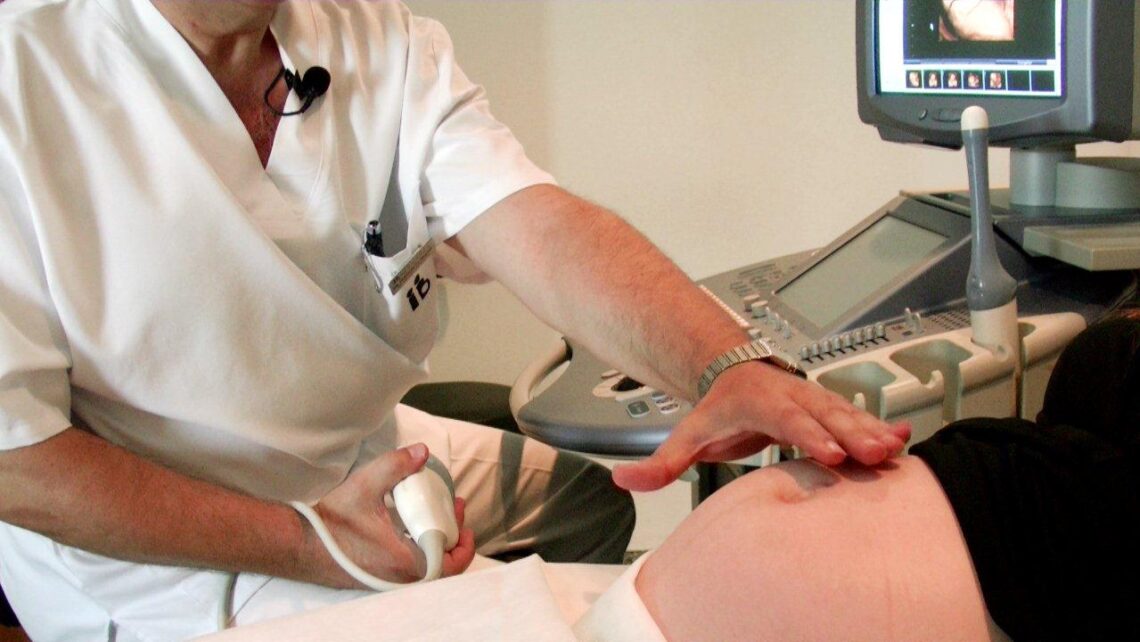Prenatal diagnosis: 15 years of performing chorionic villus sampling exclusively in the province of Alicante
August, 20th 2012

15 years ago, Instituto Bernabeu became the pioneer in offering chorionic villus sampling for prenatal diagnosis of birth defects and illnesses. During this time, dozens of patients have benefited from this technique, since it is the earliest that can be done (around the 10th or 11th week of pregnancy) and the results are sent within one day, confirming whether the foetus is a carrier of chromosomal abnormalities or not.
By having our own cytogenetics and molecular biology laboratories, IB BIOTECH (Instituto Bernabeu Biotech), can obtain the results in just a few hours and provide families with peace of mind by relieving their uncertainty and fears of knowing whether the foetus is healthy or not.
Amniocentesis, the traditional technique, takes longer (cannot be done before week 15 or 16); and consists of obtaining a sample of the amniotic fluid surrounding the foetus by puncturing the mother’s abdominal wall.
The greatest difference is therefore the time of performing the test: the amniocentesis in week 15-16, and the much earlier chorionic villus sampling in week 11. In circumstances of anxiety over finding out the results and making the difficult decision about whether to continue the pregnancy or not, gaining over an entire month of time makes it much easier to choose which path to follow.
Chorionic villus sampling is also the technique chosen to rule out monogentic hereditary diseases through molecular biology studies.
At Instituto Bernabeu, we are strong supporters of choosing chorionic villus sampling and specifically the transcervical technique. As opposed to puncturing the mother’s abdomen wall, the technique used through the cervix is completely painless and does not require local anaesthesia. It is relatively quick and simple and does not require hospitalisation. After a few hours of resting at home, the pregnant woman can go back to her everyday activities.
